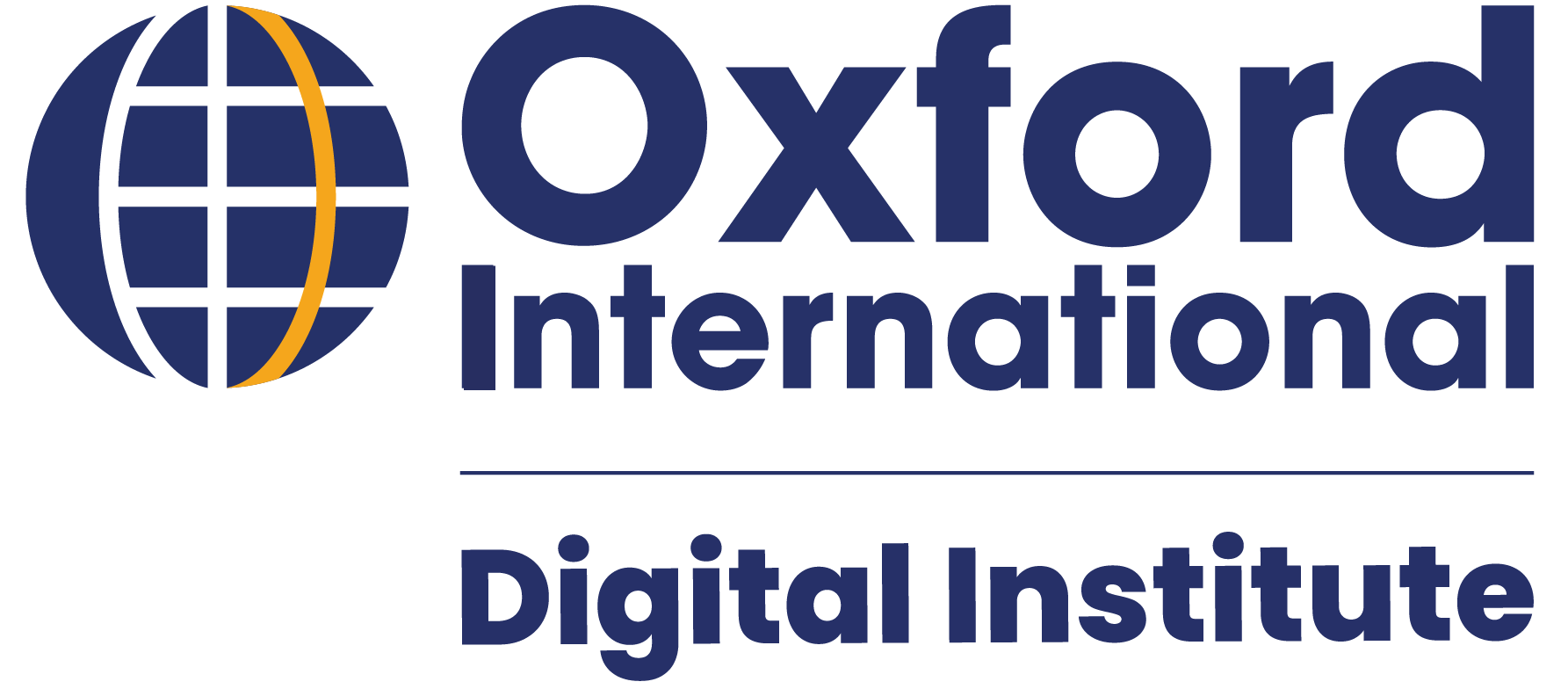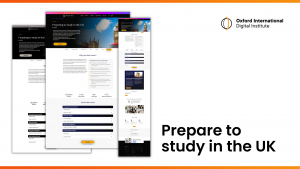The education prospect is evolving on a global level, especially after the pandemic. International education has always been a significant reflection of global citizenship and has proven that knowledge knows no boundaries.
Recent times have been an amazing example of how international education acts as a melting pot of artistic ideas, new perspectives, scientific research, and much more. With a spectacular rise in students applying for international courses, Bangladeshi students have emerged as a creditable population of foreign students all over the world. Here’s a deep dive into the trends and patterns of Bangladeshi students pursuing international education and the factors that affect their decisions.
Why does International Education have substantial potential in Bangladesh?
Education-wise, Bangladesh has significantly progressed over the years, especially after its independence in 1971.
In addition to that – just like any other developing country, it is experiencing rapid progress on all fronts, which is why the need for international education and all that it has to offer, has increased tremendously.
✔️According to an article published by the Financial Express, in 2017, UNESCO reported that over 60,000 Bangladeshi students were enrolled in various programs overseas, and the numbers have kept increasing ever since.
We’ve also listed some recurring ‘push and pull’ contributing factors below.
The ‘pull’ factors in this case for any student would be:
- Wide array of programs available overseas by host countries that aid advancement individually & professionally.
- Scope of research and training – a holistic approach in learning.
- Assured professional and personal development as international students are better equipped at understanding the competencies of the world and its ever-changing dynamics.
- Multi-cultural exposure, global networking and attainment of fresh perspectives and insights.
The ‘push’ factors in this case would be:
- Immigration: It has been observed that immigration is one of the major ‘push’ factors for any individual as it can be an essential step towards better career opportunities and it also affects other environmental and social aspects.
- Quality of education since growing populations experience dwindling quality due to limited number of universities and seats.
- ✔️Employment prospects: According to an IES abroad survey, 76% of students found that their career paths were catalysed by the skill sets they attained internationally.
- Reputed certifications from established universities that are accepted worldwide and give a ‘one-up’ in any desired field.
What are the most preferred countries for higher education by students of Bangladesh and why?
The top countries chosen by Bangladeshi students for higher education are listed as follows:
- UK: According to a report by totalstudentcare.com, 13,914 Bangladeshi nationals were granted student visas in March 2022 by the UK government.
Estimated tuition fee inclusive of undergraduate, master’s and doctoral studies: 10,000 to 24,000 GBP (12,63,357 to 30,32,057 BDT).
Estimated living expenses: 11,400 to 14,400 GBP (14,40,227 to 18,19,234 BDT).
Scholarships for Bangladeshi students:
- Chevening
- Commonwealth Scholarship Commission (CSC)
- And other university scholarships
Source: IDP.com
- USA: Around 10,597 Bangladeshi students enrolled in the academic year 2021-2022, according to the US embassy in Bangladesh.
Estimated tuition fee inclusive of undergraduate, postgraduate, MBA and PhD studies: 25,000 to 55,000 USD (23,20,000 to 51,05,800 BDT).
Estimated living expenses: 9,000 to 13,000 USD (9,29,637 to 13,42,810 BDT).
Scholarships for Bangladeshi students:
- Hubert H. Humphrey fellowship Program
- Fulbright scholarship
Source: Boost Education Service
- Malaysia: In 2017 alone, Malaysia had around 28,000 Bangladeshi students according to Arona International. The numbers have increased exceptionally as the prerequisites in Malaysia are less, compared to other countries.
Estimated tuition fee inclusive of undergraduate, postgraduate and Ph.D. programs: 2,450 to 45,570 RM (58,364 to 10,85,578 BDT)
Estimated living expenses:
Total cost including tuition fee would be around (3,50,000 to 1,00,00,000 BDT)
Scholarships for international students:
- Malaysia Government Scholarship
- Malaysia Commonwealth Scholarship
- Fellowship Plan
- Malaysian International Scholarship
Source: careerpaths.com
- Canada: According to Applyboard.com, 4,144 Bangladeshi students applied for Canadian universities, out of which 1,584 students got enrolled in the year 2020.
Estimated tuition fee including undergraduate, postgraduate and doctoral degree programs: 13,000 to 40,000 USD (13,87,686 to 42,69,804 BDT).
Estimated living expenses: Approximately 15,000 CAD (12,00,906 BDT).
Scholarships:
- Ritchie-Jennings Memorial Scholarship Program
- Royal Society International Exchange Program
- Graduate Bursaries At Simon Frasier University
- International Peace Scholarships (For Women)
Sources: IDP.com, Wemakescholars.com
- Australia: 6,989 Bangladeshi students were enrolled in Australia according to a report by the Australian Government Department of Education website.
Estimated tuition fee including undergraduate, postgraduate and doctoral degree programs: 15,000 to 42,000 USD (15,62,965 to 43,76,303 BDT).
Estimated living expenses: 1,400 to 2,500 AUD/month (1,01,237 to 1,80,781 BDT).
Scholarships:
- Australia Awards Scholarship
- Destination Australia Scholarship
- International Post-graduate Research Scholarship
- Other individual university scholarships
Sources: IDP.com, United News of Bangladesh
- China: As of 2022, around 1,500 Bangladeshi students planned their return to China according to prothomalo.com. These numbers have been affected by the pandemic.
Estimated tuition fee including public and private universities: 2,500 to 50,000 USD (2,58,232 to 51,64,655 BDT).
Estimated living expenses: Might vary depending on the city, could be between 1200 to 1500 USD/month (1,23,951 to 1,54,939 BDT).
Scholarships for international students:
- Details about government scholarships are available on the official CUCAS website
- Other scholarships offered by individual universities.
Source: studyportals.com
- India: A report presented by theprint.com suggests that 2,259 Bangladeshi nationals were studying in India in 2019-20.
Estimated cost of education: Around 4,88,926 INR (6,25,185 BDT).
Estimated living expenses: 1,62,920 INR/Annually (2,08,437 BDT).
Scholarships:
- Commonwealth Fellowship Plan
- Reciprocal Scholarship Scheme
- Other individual scholarships and government schemes to benefit from as listed by – We make scholars.
Sources: Career Paths, We make scholars
- Germany: Bangladeshi students accounted for a 34% rise in admissions in 2018, in Germany according to Dhaka Tribune. The numbers have been growing ever since.
Estimated tuition fee: Mostly free with the exception of the Federal State of Baden-Württemburg which introduced a tuition fee of 3,000 EUR/year (3,37,899 BDT) for non-EU/EEA students.
Estimated living expenses: Around 10,236 EUR/annually (11,53,002 BDT).
Scholarships:
- Scholarships from DAAD Conrad Adenauer Foundation
- Heinrich Bell Foundation
- Friedrich Ebert Foundation
- Boringer Engelheim Foundation
- Other individual scholarships from foundations, government and universities.
Sources: Sunrise education consultants , Study Portal, Collegedunia, United News of Bangladesh
✔ ️ Comparative infographic of all 8 countries.
What are the most preferred universities by Bangladeshi students?
Initially, students select universities based on the courses they wish to pursue. Secondly, they check out the requisites for these courses and finally make a choice based on the type of academic/immersive experience they wish to have.
Keeping these points in mind it has been observed that, several Malaysian universities come up as the top choice of universities that most Bangladeshi students prefer. This selection can be objective and dependent on the fact of the course an individual wishes to pursue and the availability of their options.
UK and USA both stand out as a hub for providing a wider range of subjects, which is why the universities from the UK and USA are always on the preferred list amongst Bangladeshi students.
Here are some of the top courses and universities selected by Bangladeshi students:
- USA
Courses: Business management, engineering, mathematics and computer sciences, physical and life sciences, social sciences and more.
Universities: Massachusetts Institute of Technology (MIT), Stanford University, Harvard University, California Institute of Technology, and more.
Source: Boost Education Service
- UK
Courses: BBA, MBA, Accounting, Marketing, Human Resource Management, Engineering, Medicine, Arts, Social Sciences, and many more.
Universities: The University of Oxford, Queen’s University Belfast, The University of Manchester, Bangor University, and many more.
Source: Smart Beee
- Malaysia
Courses: Computing & IT, Accounting & Finance, Psychology, Engineering, and more.
Universities: Universiti Malaya, Universiti Teknologi Malaysia, Universiti Putra Malaysia, The International Islamic University Malaysia, and more.
Sources: Education Malaysia, Career Paths
- Germany
Courses: Mathematics & Computer Science, Medicine & Dentistry, Law, Industrial Engineering, Natural Sciences, Architecture, Business & Economics, and more.
Universities: The Technical University of Munich, Karlsruhe Institute of Technology, The University of Stuttgart, Jacobs University Bremen, and many more.
Sources: Career Paths, AECC Global
- Australia
Courses: BBA, MBA, Master of Professional Accounting, Biomedical Engineering, Core Engineering, Tourism, Hospitality Management, Earth Sciences, and more.
Universities: Curtin University, Griffith University, Deakin University, La Trobe University, Western Sydney University, The University of Adelaide, University of Canberra, and many more.
Sources: Optimus Education and Visa Services , New Way Consultancy
How to study abroad if you’re from Bangladesh:
Here’s a step-by-step guide for Bangladeshi students wishing to pursue international studies:
- Step 1 – Selecting a course & university
The first step towards international studies is picking the right course and applying to the universities that offer the resources a student would need for their career path.
It also depends on the kind of experience a student wishes to have, be it immersive or professional.
- Step 2 – Explore the requirements, student policies, guidelines and procedures
For this step, you may want to research as much as possible about the requirements for Bangladeshi students and you may want to seek professional services from agencies and consultants regarding the same.
For instance, what documents are needed at the time of application, how to work towards getting admissions, what terms and conditions will you have to follow, and more.
- Step 3 – Checking eligibility criteria
There are different requisites for different courses be it undergraduate, postgraduate or PhD. It’s best to always have an understanding of all the little details about these programs so that you can concentrate on the tests and other things easily.
- Step 4 – Selecting a language proficiency test
Test scores determine your proficiency on various levels and skills such as writing, listening, speaking and reading. These scores can be acquired by appearing for language proficiency tests.
- Step 5 – Prepare for your application
A detailed and informative application form would increase your chances of getting into a desired program at a desired university along with letters of recommendation, statement of purpose (SOP), academic transcripts, CV or Resume
and other educational certificates or records.
- Step 6 – Awaiting your acceptance letter and completing your student visa process
Once you get an acceptance letter from a university you can start preparing for your student visa application which would include arranging documents, photographs, financial evidence, and more.
- Step 7 – Get ready to go!
After you get the visa, you’ll be able to kickstart your international education journey.
Conclusion:
Bangladeshi students have a great scope in driving the international educational frontier, and there are countless options available for them to choose from.
Many host countries are developing programs that will help Bangladeshi students have the best international educational experience which makes it the right time for students to start exploring and planning global education.










